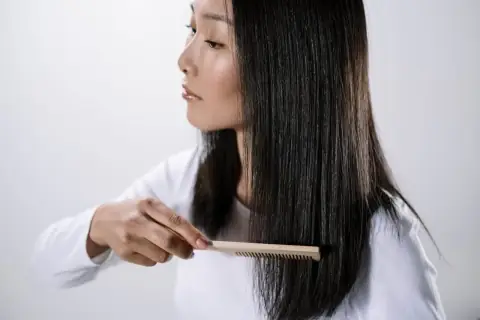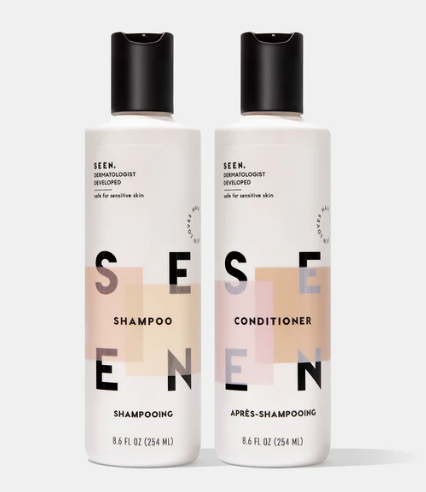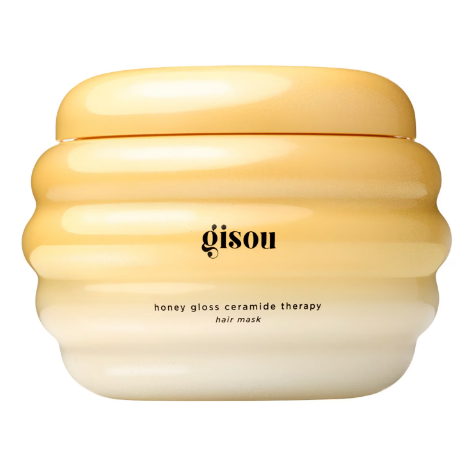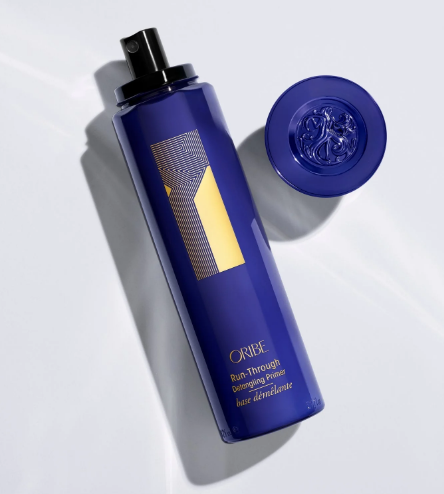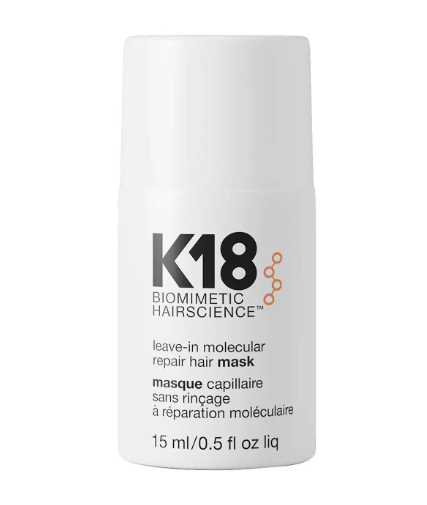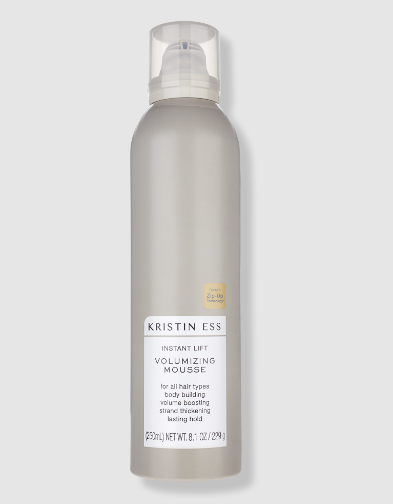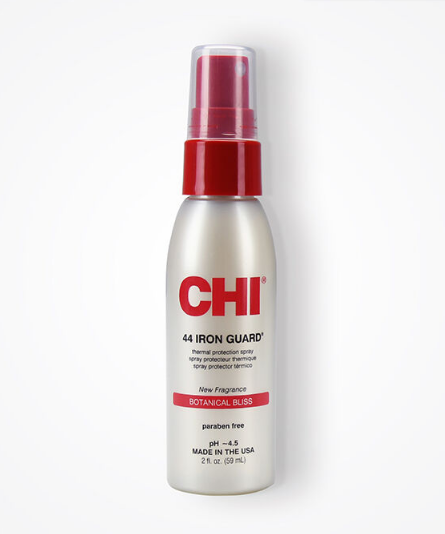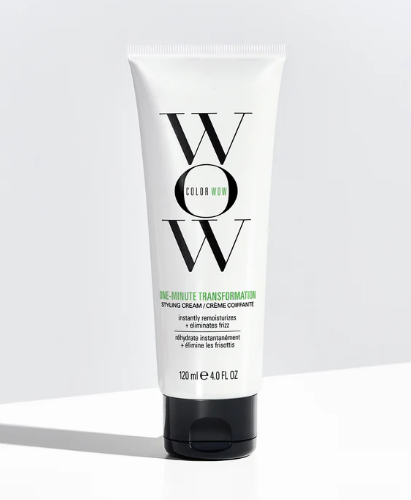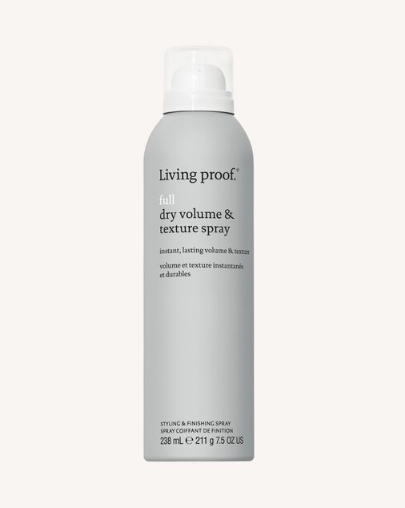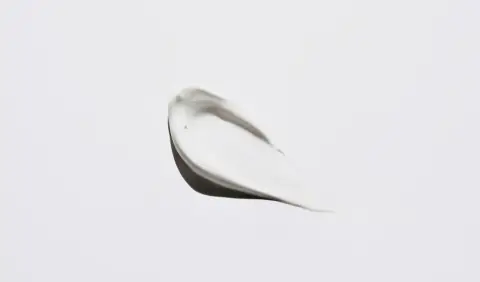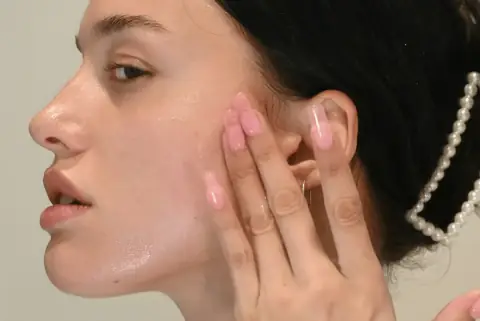If you already follow a thoughtful skincare routine—cleansing, moisturizing, and age-appropriate treatments—why not treat your hair the same way? We often assume hair care is just about using random products, without thinking much about their order.
The real key to great hair? Using the right products, following the correct order to apply hair products, and staying consistent with your routine. This is where a hair product layering guide comes in handy, helping you get the most out of your products.
It’s interesting how facial care has become second nature for so many of us. We’re used to layering products in a certain order to keep skin healthy and glowing. But with hair, we tend to skip the structure and apply things randomly, without really considering what it needs. Knowing how to apply hair products in the right sequence can make all the difference.
Target the mid-lengths and ends when applying the product, as working it into the roots can lead to greasy buildup and flatten your hair’s natural lift. Keeping it away from the scalp helps maintain a fresher, lighter feel throughout the day.
Shampoo and Conditioner
It might seem obvious, but here's a reminder: your styling product order actually starts in the shower. That means choosing a shampoo and conditioner that suit your specific hair type. Whether your hair is fine and straight, thick and curly, kinky, or color-treated, the right pair can enhance its natural texture and make styling much easier.
If your hair is dyed, look for options made for color-treated strands—ideally with no parabens and fewer surfactants. Dry or damaged hair? Go for something hydrating. Limp hair? A volumizing formula works best. And no matter what you use, it's worth rotating in a clarifying shampoo once a week to clear out leftover product buildup.
Hair Mask
This is the moment to bring in any rinse-off masks or deep treatments. Use your fingers to work it through the lengths of your hair—avoiding the scalp—and let it sit for 10 to 15 minutes before rinsing. While a mask can replace your usual conditioner, you can layer it with conditioner if your hair is especially dry or damaged. Just be careful not to go overboard, as too much product can weigh your hair down.
Detangler
Styling products won’t do much if your hair’s full of knots, so applying a detangler right after your shower—before anything else—is essential. It helps smooth out porosity so your next products apply more evenly, and it also minimizes the breakage that can happen during styling. Keep the application centered on the mid-lengths to ends to steer clear of greasy buildup at the roots.
Leave-in Conditioner/Hair Oils (When Not Heat-Styling)
After detangling, start with a hydrating leave-in conditioner. Apply it while your hair is still damp—this is when your strands are most absorbent and the cuticles are open, helping lock in moisture and prevent frizz as it dries.
Hair oils can be a bit trickier. If you’re skipping heat tools, now’s the time to use them so your hair can absorb the nutrients. But if you’re planning to heat-style, hold off—applying oil beforehand can actually cause damage. Not all oils are created equal: some are made for blow-drying, others for finishing touches. When in doubt, check the label.
Thickening/volumizing mousse
If you're looking to add some volume, here’s the next step. Start by applying a generous amount of volumizing mousse to your roots, then scrunch to enhance lift and fullness. Focus on the roots and mid-lengths, making sure to keep the product away from the ends for the best results.
Heat Protectant
If you’re using any hot tools—like a blow-dryer, curling iron, or flat iron—it’s essential to apply a heat protectant first to avoid damage. Spray the product evenly throughout your hair, then comb through with a fine-toothed comb to make sure it’s distributed from root to tip. Once that’s done, you can move on to heat styling as planned.
Styling Cream
Once you’re done styling, you can add a styling cream and/or oil to enhance shine, define texture, and tame frizz. When it comes to oils, a little goes a long way, so just a small amount is all you need.
Beach or Texture Spray
Complete your routine with a beach or texture spray to set your style. Whether you're aiming for texture or shine, steer clear of hairspray on damp hair, as it can lead to stickiness and clumping. Start with a small amount on fully dry hair, then build up as needed to keep your style intact.
Factors That Shape Your Routine
Your hair care routine will be shaped by a variety of factors, from the texture of your hair to the styling preferences you have.
Your Natural Hair Texture or Type
Hair types generally fall into fine, thick, or coarse categories, and within those, you have straight, wavy, curly, or kinky textures. Each hair type brings its own set of strengths, challenges, and care needs—what works beautifully for one may not be ideal for another. For example, straight hair often appears oily faster than curly hair because the oils move quickly down the hair shaft, while curly hair tends to hold its volume and texture longer.
Whether Your Hair Is Chemically Treated
If your hair has been subjected to bleaching, dyeing, or other chemical processes, your routine will need extra attention. Color-treated hair benefits from less frequent washing to help prevent color from fading prematurely and to avoid dryness. If your hair has been bleached, extra nourishment through rich conditioners or deep conditioning masks is essential to keep it healthy and hydrated.
How You Style Your Hair Daily
Your daily styling routine also plays a big role in shaping your overall hair care. Do you prefer to straighten, curl, or leave your hair in its natural state? This decision can affect the products you use, especially if you rely on heat tools, as frequent use can lead to damage and dryness.
Major Concerns You Want to Address
Most people have at least one hair concern, whether it’s frizz, a dry scalp, breakage, or damage from heat or chemicals. The first step in tackling these concerns is identifying the issue, and the second is finding the best products or treatments to address those specific needs.
Common Hair Care Mistakes to Avoid
- Relying too often on heat styling tools like curling irons or flat irons can weaken your strands over time, causing dryness, breakage, and long-term damage.
- Washing your hair too often and relying on harsh shampoos that strip away natural oils.
- Wearing tight hairstyles regularly, which can cause unnecessary stress and breakage.
- Skipping regular trims, which can result in split ends and uneven growth.
- Neglecting proper nutrition, which can affect hair health and lead to thinning or dullness.
- Exposing your hair to environmental stressors like UV rays, pollution, and harsh weather conditions without protection.
Creating a simple, consistent hair care routine can make a big difference. Tossing on products randomly won’t do much—just like skincare, the order matters. Using the right steps helps your products work better and keeps your hair healthier in the long run.
RELATED: How to Make Fine Hair Look Fuller and Healthier Every Day

